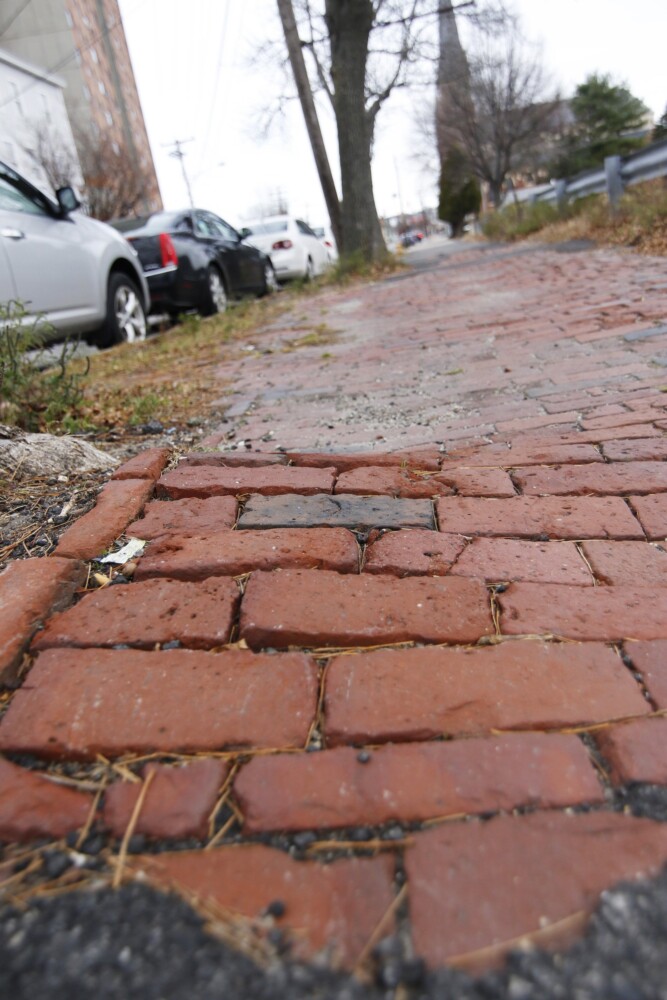
As a new academic year begins, Higher Education Strategy Associates confronts hard truths in a new report : stagnant or declining domestic enrolments, stagnant or declining per-student funding, and total research funding at its lowest level in inflated-adjusted dollars in more than 25 years. Universities have responded in recent years by admitting more international students who are charged higher fees, but their freedom to do so is now checked by a cap on international student permits imposed by the federal government. Partnerships with the private sector have increased research budgets though recovery of only some of the indirect costs of this research means that universities subsidize them through other hard pressed revenue sources, principally tuition and operating budget dollars.
This cumulative picture is not sustainable. We have seen some of its consequences in a cheapened product — more part-time and low-paid faculty teaching large undergraduate classes, and deferred maintenance across the country in the many billions of dollars. Relief is not in sight but the policy choices in broad terms are known: what are the appropriate levels of public support for our universities and what freedoms do they have to pursue measures to make up the difference between what they receive from governments and what they perceive as their needs? A myriad of issues underlie the policy choices: the value proposition of a degree; the role of universities in economic development; the composition of student bodies; the impacts of new technologies; and performance accountability.

Canadian universities, in general, are academically sound; some are very good and a few are great. The value proposition of our universities remains strong for the professional and graduate programs they offer, and while undergraduate degrees vary in quality, they are formative for many young people and remain prerequisites for advanced study. The role of universities in economic development is acknowledged despite the disconnect that remains between them and the innovation the country needs.
They remain worthy of major public investment but that investment has been declining or is accompanied by conditions that limit their choices. And this is the problem: it is for governments to determine the size of the public investment; universities must have the latitude to make up the difference between the public investment and the monies needed to do their work well. They do not have that latitude.
Governments do not allow them to charge tuition fees to domestic students that would compensate for lower levels of public investment, and when they increase the numbers of international students to whom they can charge higher tuition, they encounter the newly imposed federal government cap that restricts their numbers. Early signs suggest that the cap’s impacts could see a 45 per cent drop in the number of foreign students, a number that would be particularly damaging to institutions that have relied excessively on large intakes from abroad. The choices made by universities do not occur in a public-policy vacuum.
International students bring pressure on housing and services, and their interest in permanent residency and citizenship engages host communities and their governments. Tuition charges affect prospective students and their families, and have implications for participation rates that attract interest from the public and its representatives; information technologies, including artificial intelligence, present issues in and beyond universities and colleges. Performance accountability to governments must be satisfied when public money is spent.
These and other issues require understanding, dialogue and satisfaction about process among those involved. The issues discussed above are long-standing. There are newer ones that I have addressed in previous columns that may prove more threatening: the discriminatory impact of DEI-led affirmative action; politicization; and illiberal pushes on their missions and operations.
Whether or not understood within our universities there is a growing suspicion on the part of the general public that they are not institutions that stand above political differences to command wide and nonpartisan support. The suspicion is well founded. In numbers found to be overwhelmingly left of centre, many faculty and administrators support hiring based on race and gender over the democratic principle of non-discrimination enshrined in Section 15(1) of the Charter; individual merit and non-discrimination take second place to affirmative action.
Social justice issues join academic ones in university policies and, as we have seen in the capitulation of some universities to anti-Israeli protests, illiberal attitudes elbow their ways onto university agendas. These are serious challenges to institutions of liberal democracy. If they are not addressed the problems we have seen to date will pale beside those to come.
National Post Peter MacKinnon has served as president of the University of Saskatchewan, Athabasca University and Dalhousie University..














